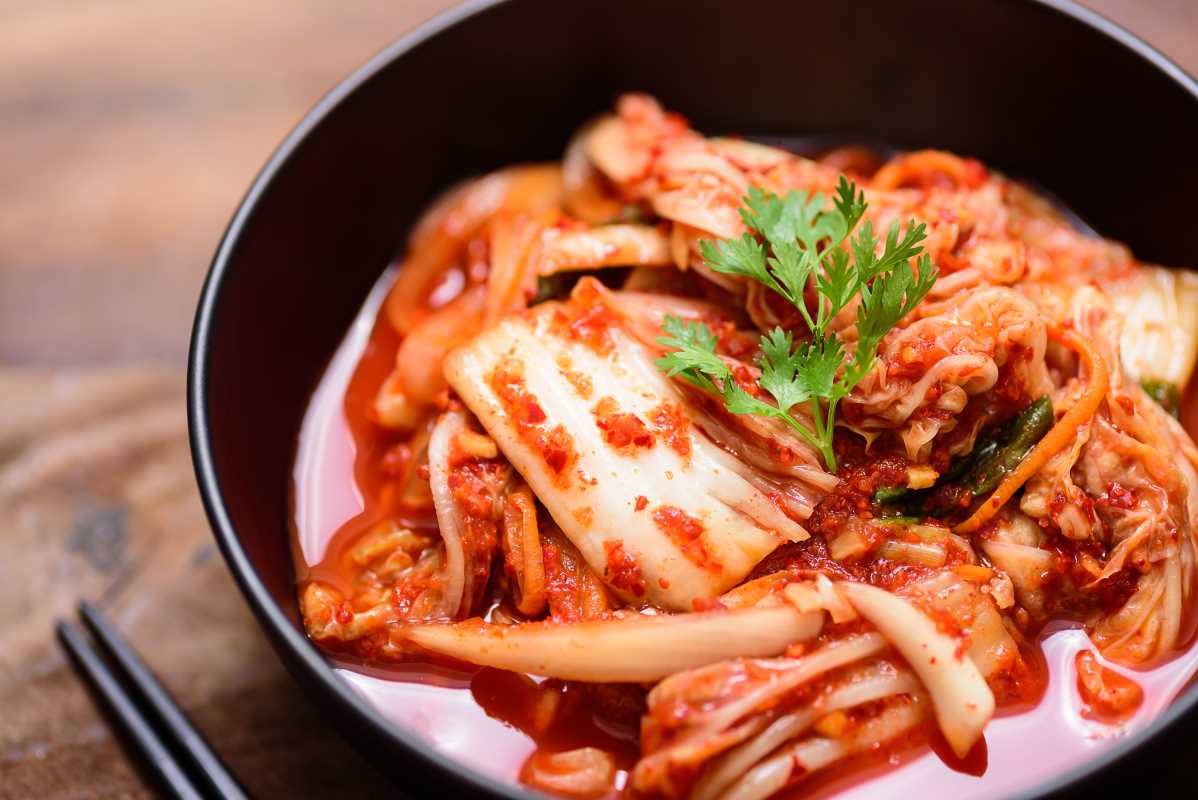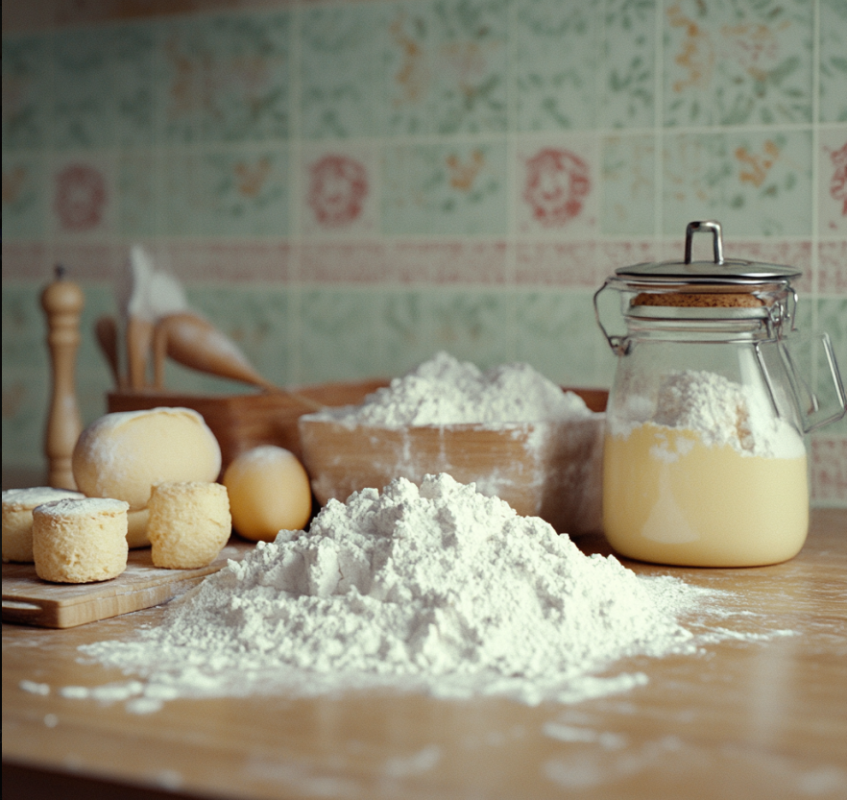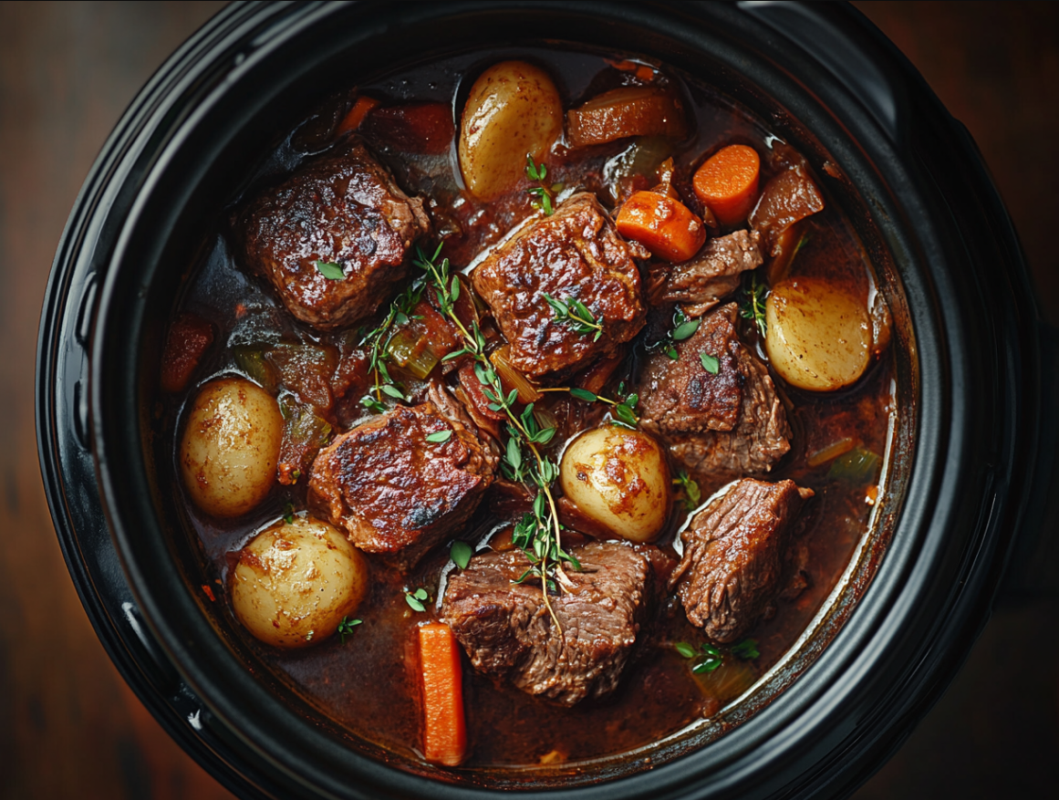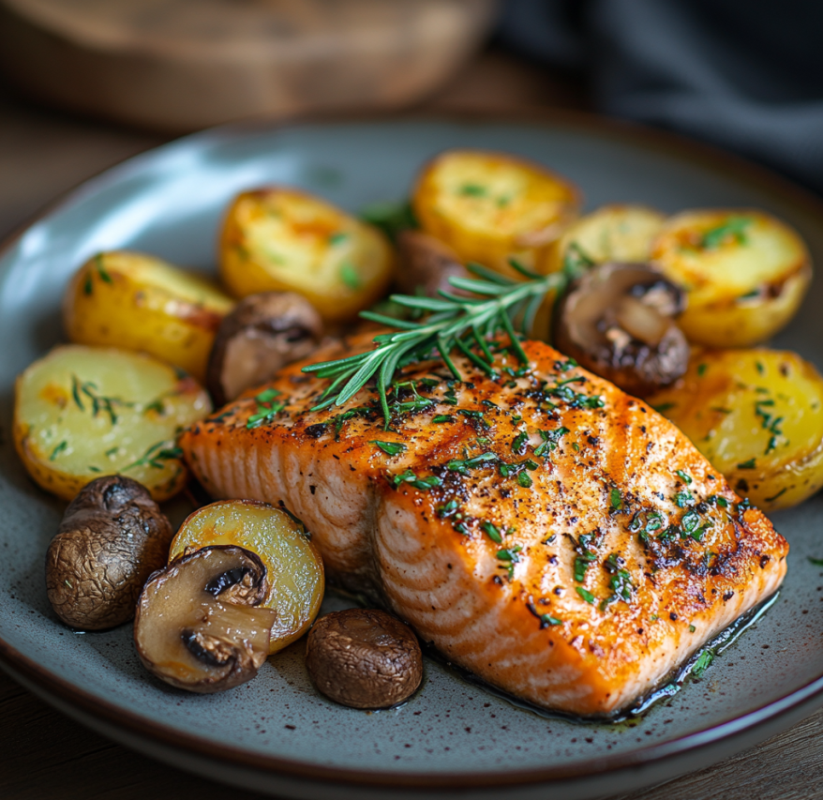If you’re a busy working parent, you know how hard it can be to cook healthy, delicious meals while balancing everything else life throws your way. But what if I told you that you could level up your meals with fresh herbs and spices straight from your garden? Growing your own spices and garnishes is easier than you might think, and it can turn a simple dish into something extraordinary. Plus, it’s a great way to get the kids involved in gardening, teach them about healthy food, and add a personal touch to your meals.
Here, we’ll explore 10 spices and garnishes that are perfect for growing at home. Whether you have a spacious backyard or just a small balcony, you can easily add these flavorful plants to your garden and start using them right away. Let's dive into how these fresh ingredients can bring your dishes to life and why they’re worth the effort!
1. Basil
Basil is a must-have herb in any garden. It’s perfect for adding that fresh, aromatic kick to everything from pasta and pizza to salads and even cocktails. Growing basil is easy, as it thrives in warm weather with plenty of sunlight. Whether you’re planting in a garden bed or a pot on your kitchen windowsill, basil loves the sun and will grow quickly.
To harvest basil, simply pinch off the leaves when they’re young and tender. Basil is great for garnishing, especially when sprinkled on dishes like caprese salad or spaghetti. It’s also the key ingredient in pesto, which you can make in bulk and store in the fridge for a quick, flavorful sauce.
2. Cilantro
Cilantro is another herb that can completely transform your meals. It has a distinctive flavor that pairs well with Mexican, Indian, and Asian dishes. Cilantro is easy to grow, but it does need a bit of care—it prefers cooler temperatures and well-drained soil. You can plant cilantro in your garden, but it also does well in containers on your porch or balcony.
Cilantro is commonly used in salsas, curries, and salads. When you pick cilantro, try to use it fresh. It tends to lose its flavor once it’s dried, so it’s best used straight from the garden as a garnish. Plus, it’s packed with antioxidants, so you’re adding some extra health benefits to your meals too.
3. Mint
Mint is one of the easiest herbs to grow, and it’s perfect for adding a refreshing touch to drinks, desserts, and even savory dishes. It grows quickly and spreads, so it’s best to plant it in containers to keep it contained. Mint does well in both sunny and partially shaded areas, making it a versatile addition to any garden.
A sprig of mint can take your iced tea, mojito, or lemonade to the next level. It’s also great for garnishing desserts like chocolate cake, fruit salads, and yogurt parfaits. You can even sprinkle some on a savory dish like lamb or couscous for a fresh, aromatic twist.
4. Rosemary
If you love to roast vegetables, meats, or potatoes, rosemary is a must-have spice. This woody herb has a bold, earthy flavor that works well with hearty dishes. Rosemary grows best in sunny spots with well-drained soil, and it’s a hardy plant that can survive in different climates. Whether you’re growing it in the ground or in a pot, rosemary doesn’t require much maintenance.
When using rosemary, strip the leaves from the stem and chop them finely, or toss whole sprigs into dishes for a more subtle flavor. It’s perfect for seasoning roasted meats, soups, and even bread. Plus, it can be used as a garnish to add some color and fragrance to your plates.
5. Parsley
Parsley is a versatile herb that’s often used as a garnish or flavor enhancer in many dishes. It’s rich in vitamins A, C, and K, and it adds a fresh, green note to whatever it’s paired with. Parsley grows well in both sun and partial shade, making it perfect for almost any garden or window box.
You can use parsley to brighten up everything from soups and stews to fish and chicken. It’s commonly chopped up and sprinkled on top of dishes, but you can also use it in dressings and sauces. For a twist, try pairing it with lemon juice and garlic to make a flavorful chimichurri sauce.
6. Thyme
Thyme is an herb that adds a subtle, savory flavor to dishes. It’s perfect for seasoning meats, soups, and sauces, and it’s often used in Mediterranean, French, and Italian cuisines. Thyme grows well in full sunlight and doesn’t require a lot of water, making it easy to maintain in your garden.
To use thyme, simply pull the small leaves off the stems and add them to your cooking. It pairs well with other herbs like rosemary and garlic, making it a great addition to roasted vegetables, meatballs, or pasta dishes. It also works as a garnish, adding a fragrant touch to your plates.
7. Oregano
Oregano is a strong, aromatic herb that’s often used in Mediterranean and Italian cooking. It’s a great addition to your herb garden because it thrives in warm weather and is relatively low-maintenance. Oregano loves the sun and well-drained soil, so plant it in a spot where it will get plenty of light.
Fresh oregano can be used to season dishes like pizza, pasta, and grilled vegetables. It has a robust flavor that adds depth to your meals. When harvesting oregano, cut the stems just above the leaves to encourage new growth. Sprinkle it on dishes just before serving for an extra burst of flavor.
8. Chives
Chives are a mild, onion-flavored herb that can be used as a garnish or flavor booster in all kinds of dishes. They’re great for adding a fresh, light onion flavor without the sharp bite of actual onions. Chives are easy to grow and thrive in sunny spots with well-drained soil.
Chives are perfect for sprinkling on baked potatoes, salads, scrambled eggs, and soups. You can also use them to make a simple herb butter by mixing chopped chives with softened butter. The mild flavor of chives makes them versatile enough to pair with almost any dish.
9. Sage
Sage has a strong, earthy flavor that’s often used in fall and winter dishes. It pairs well with roasted meats like turkey, chicken, and pork, as well as hearty dishes like stuffing and mashed potatoes. Sage is a hardy plant that grows well in full sunlight and doesn’t require much water.
To use sage, you can either chop it up and add it to your dishes or fry whole leaves in butter to create a crispy garnish. Sage also works well in savory sauces and soups. It’s a great herb to have on hand for comforting, warming dishes during the colder months.
10. Tarragon
Tarragon is a slightly sweet herb with a hint of licorice flavor. It’s commonly used in French cuisine, particularly in sauces like béarnaise and vinaigrettes. Tarragon grows well in sunny spots with well-drained soil, and it’s easy to care for in both gardens and containers.
Tarragon works well with chicken, fish, eggs, and even vegetables. You can use it fresh in salads or sauces, or chop it up and sprinkle it on top of roasted meats. Its unique flavor can elevate simple dishes, giving them a sophisticated touch.
 (Image via
(Image via
.jpg)




